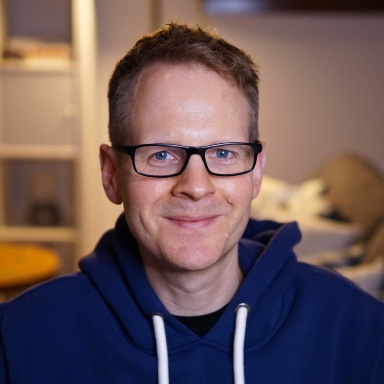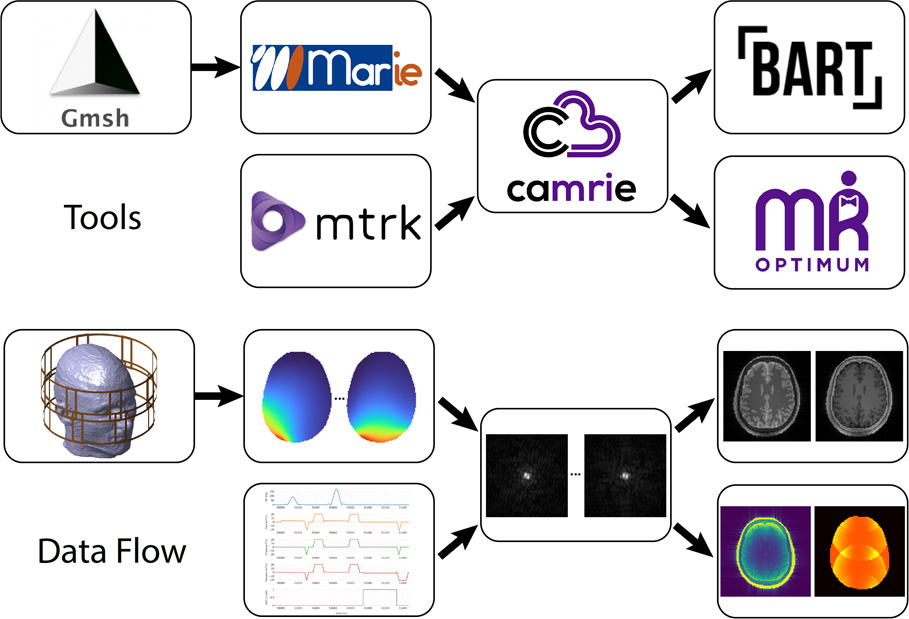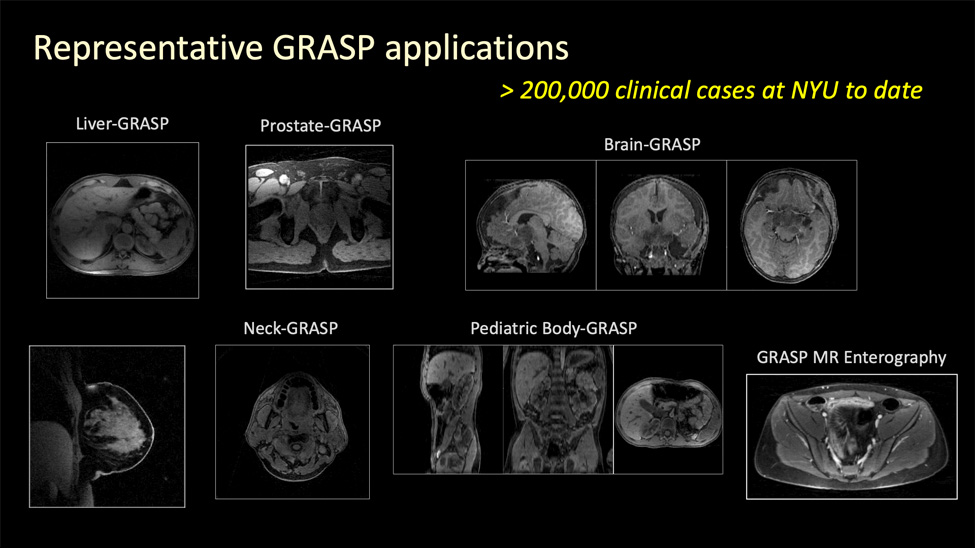Faculty

Contact Information
- kaitobias.block@nyulangone.org
- 212-263-3334
Kai Tobias Block, PhD
Associate Professor
My research focuses on developing MRI techniques that improve reliability and simplify medical imaging, making examinations more accessible and efficient for a diverse range of clinical applications. To bridge the gap between laboratory innovations and clinical use, I am involved in creating software infrastructure that supports the rapid translation of research prototypes and monitoring of examination workflows, enabling effective integration of new imaging technologies into medical practice. My team and I develop the “Yarra Framework”, an open-source toolbox for MRI research, and the “mercure” open-source platform for deployment and dissemination of image-analysis and processing algorithms. Using these tools, we support the clinical integration of artificial intelligence (AI) and assess AI algorithms in real-world settings, optimizing these tools for practical, reliable applications.
A further area of my work is enhancing MRI reliability through self-running, free-breathing imaging techniques that remove the need for breath-holding, making MR scans more comfortable for patients. This is especially beneficial for pediatric imaging, where we employ motion-compensation methods to reduce the need for sedation. This work has led to the development of the FDA-approved StarVIBE technology, which is broadly available on clinical MRI systems from Siemens Healthcare. Additionally, I develop iterative reconstruction techniques — such as compressed sensing and model-based methods — that allow accelerating scan times and create novel possibilities for quantitative imaging. Our contributions in this area include the widely adopted GRASP method, allowing for dynamic contrast-enhanced MRI in patients unable to hold their breath. My team and I are also advancing real-time MRI applications for functional assessment in cardiac, musculoskeletal, and body imaging. We furthermore develop methods to fuse complementary sensor data for motion correction and scan automation, improving diagnostic accuracy and efficiency.
I am actively involved in multiple NIH-funded initiatives as a project lead and co-investigator, including our National Center for Biomedical Imaging and Bioengineering “CAI2R”. Through these initiatives, my goal is to create sustainable tools and techniques that enhance clinical workflows and broaden MRI accessibility across diverse patient populations.




